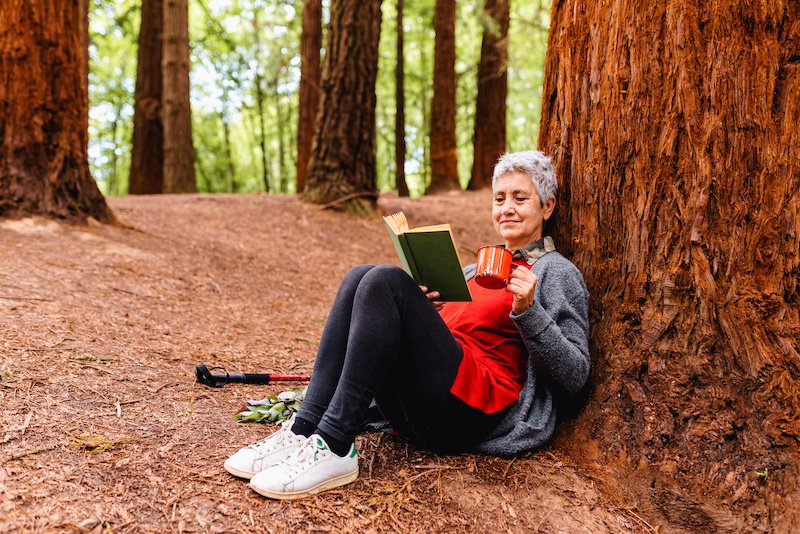The movements lives are made of * (part 2)
In the M.L.A.M.O part 1 post …
… I shared four questions to help you get clear on what you want your movement practices to be able to help you do more of with your body, now, and in the years to come.
This can help you choose practices and exercises more specifically to meet those goals, or to modify or augment those you’re already doing.
And then, another way to look at it …
The Human Movement Food Groups
If we look at each of these categories of basic human movement as whole foods, made up of essential nutrients, they can become work-out programs in themselves, while transferring over into daily life.
And, many of these essential nutrients will integrate into other whole body moves, as well as hit your ‘systems’ bases (i.e.., aerobic, strength, flexibility, cardio, etc), within the context of their usage.
Walking.
Simple enough.
But there’s walking distances. On grass, rocks, sand, slopes, mountain sides. With supportive shoes, minimal shoes, and barefoot. Traveling light, or as a beast of burden (like carrying a small child :)
Whole foods walking is about more than taking steps, but how each step moves the rest of your body, including the parts of your feet, balance mechanisms, sensory organs, lungs, etc.
Exercises pertaining to foot, ankle, knee and hip and spine mobility would apply here. Also, balance, breathwork, core mobility, head, neck and shoulder relationships, and more would come into practice.
Sitting.
Yes, sitting!
There’s a lot of ways to take rest positions that use a multitude of body parts to get into and out of, as well as maintain.
Sitting itself is not bad for you; it’s sitting a lot more than doing other things, and in the same ‘outsourced’ manner that becomes problematic.
Positioning the body in a variety of sitting positions - as well as getting into and out of these positions - would require and maintain the lower body joint mobilizations mentioned above, strength of lower body musculature, and could support pelvic floor health, digestive health and much more.
Lifting and carrying.
The absence of so many other naturally-occurring strength and flexibility movements in our daily lives has made us kind of phobic in our culture to lifting-incurred injuries.
We’ve all known or experienced the sudden trauma of picking up a pencil only to find ourselves unable to walk for a week.
But, avoiding the opportunities to bolster strategies simply makes up more vulnerable, as well as adversely affecting the robusticity of parts like the spine and hips. (And, carrying pairs well with walking!)
Lifting and carrying is a coordination of upper, lower and core body strength, spinal mobility and stability and in some cases, balance.
Climbing, hanging, and swinging.
Granted, this is probably the hardest category to work organically into modern life (unless you have ready access to monkey bars, or tree branches)!
But, I will say that these functions are the very ones that can counter the adverse effects of our head-and-arms-forward posture: neck and spine degeneration, the myriad of shoulder issues, restricted breathing, loss of grip strength … the list goes on.
I have often counseled clients just to begin with your arms over a doorway (if you can reach), or the metal frame frame of a shower - not with the intention of lifting yourself up, but, engaging the latissimus dorsi muscles to bring the scapulas down, and rotating your body around your shoulder joints.
Investing in a doorway pull-up bar can be useful, too - just make sure you reach up for it whenever you walk through!
These skills may seem particular only to building up grip and upper body strength, but their incorporation, again, creates support and movement for the upper spine and neck, opens the rib cage (supporting lung and heart function), can reverse head forward postures and spinal degeneration.
(Here’s a quick and dirty video to show you how you can start ‘pseudo-hanging’ today!)
5. And more …. !
Organizations like MovNat also include whole body movements, such as crawling, swimming, and dead lifting, as essential to navigating natural terrain and preparing the body for more robust readiness. I would also include ‘soft skills’, like sensory awareness, activation of the meridians for self-healing and moving in ways that release deeply-archived tension patterns.
As you can see, these are areas that can be and too often are more readily outsourced, or even omitted from one’s movement repertoire.
And yet, embedded within these food groups are the life movements one might want to enjoy well into old age - not just for their self-sufficiency benefits, but for the anatomical systems and physiological functions they nourish.
So, where to start?
If you want to start reclaiming and expanding on your own whole foods movement diet (and you can start wherever you are right now!) here are some opportunities:
Weekly classes. I offer classes in person and online focusing on various skills sets and capabilities.
Ask Me Anything session. Personalized attention and practices crafted for how YOU want to move.
Nutritious Movement. A great resource for books, videos, online classes, and where I learn all my restorative exercise work. (Affiliate link)


